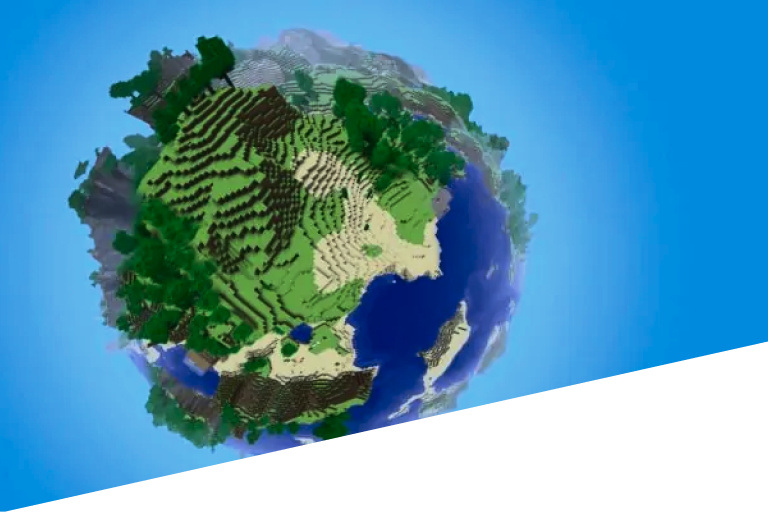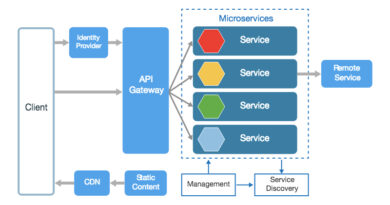A digital twin the size of a planet
It may sound far-fetched, but someone has already proposed it – and it was no other than ESA, the European Space Agency, which, using quantum computing technology, wants to develop a virtual copy of our planet.
This is what we referred to the other day in the webcast we did on Digital Twins Management, when we talked about thinking big.
Project: Destination Earth
Under this name, the aim of this initiative is to develop a highly accurate digital model of the Earth, to monitor and simulate natural and human activity, and to develop and test scenarios that enable more sustainable development and support European environmental policies.
The idea of this project is to contribute to the European Green Pact and to the European Commission’s Digital Strategy, which, they say, will allow modelling the planet’s physical resources and related phenomena, such as marine environments, polar areas or even climate change.
In addition, they want these datasets of information to be publicly available for use, so users will be able to access a huge amount of both social and natural data, such as:
- High-precision, dynamic simulations of the planet’s natural systems.
- Modelling and prediction of adverse environmental effects, such as floods, storms, hurricanes, etc.
- Monitoring of the state of the planet, with information on climate, ocean, biodiversity, land use, etc.
All this is seen as a key component of the European data strategy, as well as a reinforcement of European technological and industrial capacities.
And when?
Well, like everything that is nice and shiny, it will take a long time. Implementation is expected to be gradual and will take at least ten years, starting in 2021.
This implies that the digital replica of the planet will be generated little by little, adding layers of information on services, scenarios, forecasts, etc., with high-performance modelling and simulations.
The roadmap they have in mind is:
- 2023: launch a Cloud-like platform with the first two digital twins.
- 2025: integrate a few more operational digital twins into the platform, and start providing data to public sector users, so they can start monitoring and assessing their environmental and climate policies.
- 2025-2030: complete the generation of the planet’s digital twin by merging the already created twins.
Conclusion
The sheer idea is impressive, as the amount of information to be modelled is unparalleled. But the question is, will it ever be done?
For now, every time we create a digital twin of a lamppost or a socket, we will be reminded that someone, somewhere, is thinking big.
EU Science HUB | Destination Earth: Use Cases Analysis







Pingback: What can we expect from the IoT in 2022? – Onesait Platform Blog